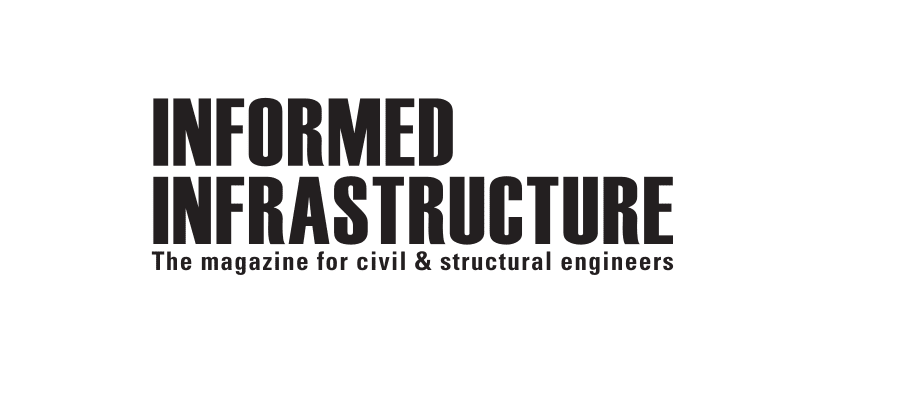Free registration required before viewing this course
Already have an account? Click here to log in.
Evaluating Minimum Cover Depths of Flexible Pipes Subjected to Tracked Vehicular Loads
Course Information
Piping systems are typically designed with the service loads in mind. Many utilities are subjected to highway loads, so the design vehicle frequently reflects a vehicle described by the American Association of State Highway and Transportation Officials (AASHTO) design code such as an HS-20 or HL-93 truck. However, there are many other vehicular loads that the pipes will likely need to support as well. Many of these are loadings from vehicles used during installation of the utilities. Excavators, dozers, front-end loaders, roller compactors and other equipment are commonly used on projects that involve pipelines. Many times, these pieces of equipment are operating at cover depths less than the final cover that will support the highway vehicles. Contractors need to know how much cover is required to operate the various pieces of equipment they use on projects.
Flexible buried pipes generally have high thrust capacities but must be protected from concentrated surface loads like those produced by construction vehicles. Methods have been developed to help evaluate the impact of those loads from wheeled vehicles, but similar resources for evaluating loads from tracked vehicles are not as prevalent. The methodology presented in this article leverages a design method developed for wheeled vehicles and provides a means of using it for tracked vehicles as well.
Author
Darrell Sanders, P.E.Learning Objectives
At the conclusion of this article, the reader should be able to understand/perform the following:
• Learn how to establish the minimum cover required for tracked vehicles to safely operate over buried pipes.
• Identify the required plastic moment capacity needed by flexible pipe to prevent a bending failure within the pipe wall under the influence of live loads.
• Learn what information should be collected to correctly analyze the load for tracked vehicles.
• Know what backfill more efficiently supports loads while providing better support to the buried pipes.
Already have an account? Click here to log in.





